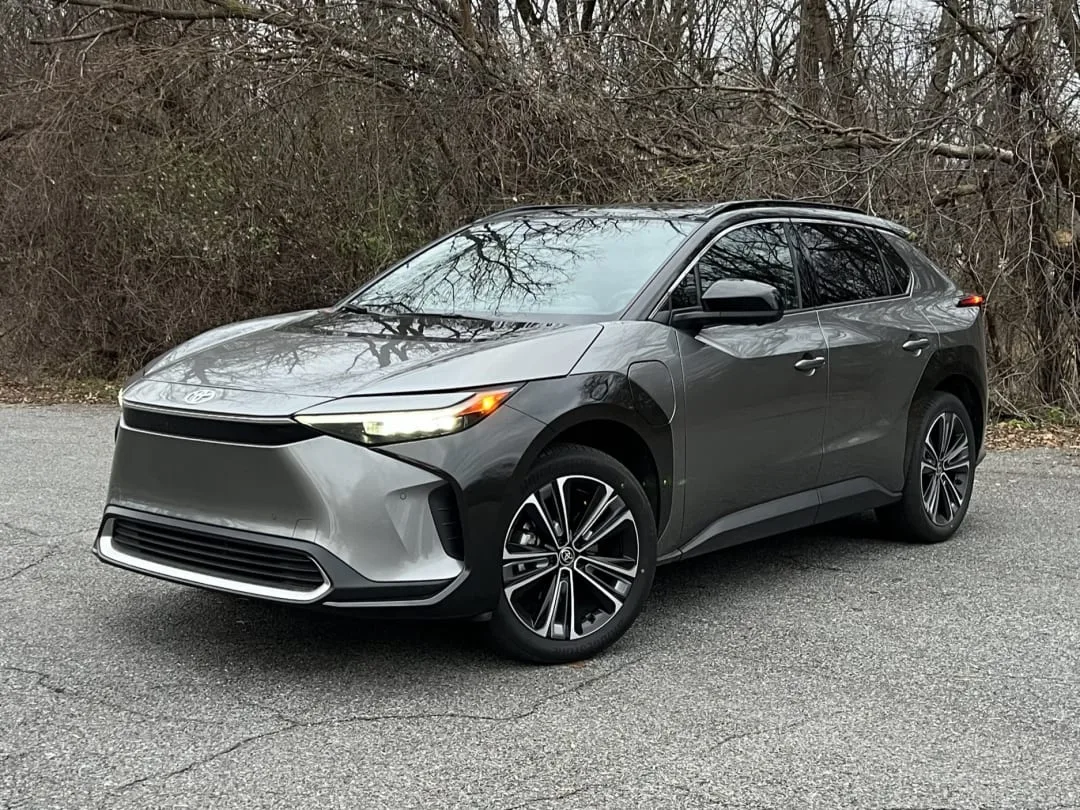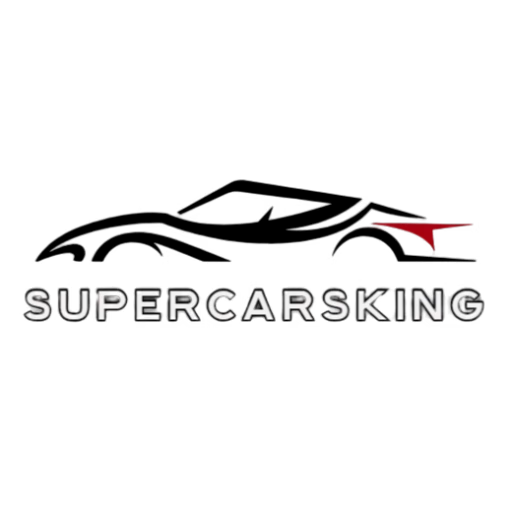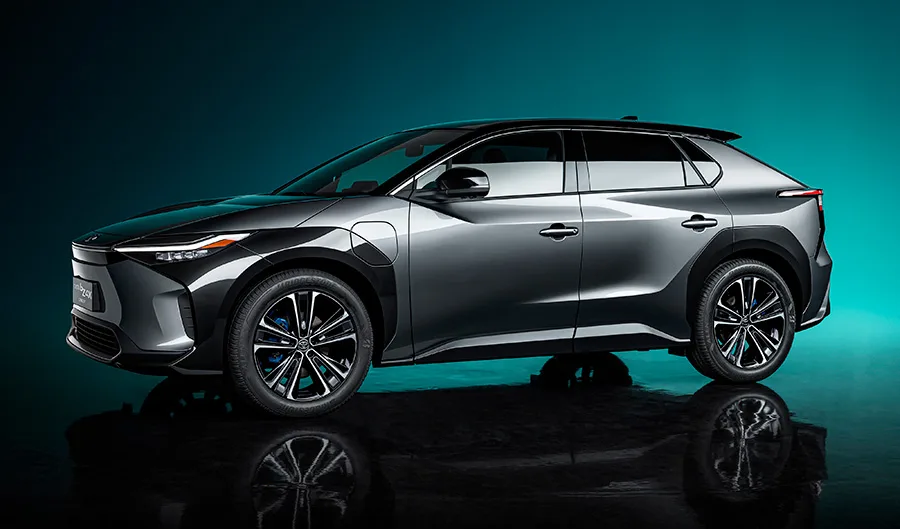Introduction
The automotive world is shifting gears. With climate change looming large and fossil fuels nearing their limits, the global push toward electric vehicles (EVs) has become a defining trend of the 21st century. Countries are setting deadlines to phase out internal combustion engines, cities are investing in charging infrastructure, and consumers are becoming more conscious of their environmental footprint.
In this rapidly evolving landscape, Toyota—a global automotive powerhouse—finds itself both ahead of the curve and playing catch-up. Known for pioneering hybrid technology with the launch of the Prius in 1997, Toyota earned a reputation as a leader in eco-friendly innovation. The Prius was a technological marvel of its time and helped shift the conversation around green mobility from fringe to mainstream.
Yet, as fully electric vehicles (battery electric vehicles, or BEVs) gained popularity in the 2010s and Tesla became a household name, Toyota’s strategy appeared more cautious. Instead of diving headfirst into BEVs, the company doubled down on hybrids, plug-in hybrids, and hydrogen fuel cell vehicles. Some critics called it a misstep; others saw it as pragmatism rooted in Toyota’s commitment to reliability and mass scalability.
Now, with the introduction of the “bZ” (Beyond Zero) lineup and massive investments in battery technology, Toyota is positioning itself for a full-throttle push into the EV future. This article explores Toyota’s electric journey: its legacy, current offerings, technological approach, challenges, and vision for a carbon-neutral tomorrow.
Toyota’s Legacy in Green Mobility
Long before “EV” became a buzzword, Toyota was quietly rewriting the rules of eco-conscious driving. The Prius, launched in Japan in 1997 and globally in 2000, was the world’s first mass-produced hybrid vehicle. It combined a small gasoline engine with an electric motor powered by a nickel-metal hydride battery, achieving unprecedented fuel economy and reduced emissions. The car became a cultural icon—beloved by environmentalists, celebrities, and urban commuters alike.
Toyota’s early investment in hybrid technology was strategic. At the time, battery range and charging infrastructure were major limitations for fully electric cars. Hybrids offered a practical middle ground—improving fuel efficiency without changing user behavior or requiring new infrastructure. Over the next two decades, Toyota expanded its hybrid portfolio across virtually every vehicle category, from the Camry to the RAV4 to its luxury Lexus brand.
The numbers back up Toyota’s commitment. As of 2023, the company has sold over 20 million hybrid vehicles globally, saving millions of tons of CO₂ emissions. In doing so, Toyota gained critical knowledge in battery management, electric motors, regenerative braking, and efficient powertrains.
But while Toyota’s hybrid leadership was undeniable, the industry’s shift toward zero-emission BEVs signaled a need to evolve. Consumers began demanding cleaner, quieter, and more technologically advanced vehicles, and governments were setting deadlines for internal combustion bans. Toyota’s answer? A new generation of electric innovation.
Current Electric Toyota Vehicles
Toyota bZ4X: The Flagship Electric SUV

Toyota’s first mass-market all-electric vehicle is the bZ4X, a midsize crossover SUV introduced in 2022 as part of the company’s new “Beyond Zero” EV lineup. Built on the e-TNGA platform developed jointly with Subaru, the bZ4X represents Toyota’s fresh commitment to electric vehicles.
Performance and Range:
The bZ4X comes with front-wheel-drive and all-wheel-drive options. It offers an EPA-estimated range of about 252 miles for the FWD version and around 228 miles for the AWD variant, powered by a 71.4 kWh lithium-ion battery. Acceleration is smooth, if not thrilling—0-60 mph in approximately 6.5 to 7 seconds, depending on the configuration.
Design and Technology:
The exterior features a futuristic, angular look with aerodynamic efficiency in mind. Inside, a minimalist digital cockpit greets the driver with a large infotainment screen, voice-activated controls, and Toyota’s latest safety technologies under the “Toyota Safety Sense” banner. The vehicle supports over-the-air software updates—a crucial feature for modern EVs.
Charging:
The bZ4X supports DC fast charging at up to 150 kW (FWD model), allowing for an 80% charge in around 30 minutes under ideal conditions. Toyota also partnered with EVgo to offer charging network access in the U.S.
Lexus RZ 450e: Luxury Meets Electric

Under Toyota’s premium brand, Lexus launched the RZ 450e, a luxury electric SUV also based on the e-TNGA platform. While it shares much of its underpinnings with the bZ4X, the RZ 450e offers a more refined experience, improved materials, and a sleeker design. It features Lexus’s “Direct4” AWD system for dynamic torque vectoring and superior handling.
Toyota bZ3 and Global Offerings
In China, Toyota introduced the bZ3, a compact electric sedan developed in partnership with BYD. It offers a competitive range and pricing, tailored specifically for the Chinese EV market, one of the most competitive in the world.
Toyota is also testing other electric models in Japan and other markets, including compact urban EVs and vans, signaling that more entries are on the way.
Toyota Mirai: The Hydrogen Alternative
While not a battery EV, the Toyota Mirai represents Toyota’s exploration of hydrogen fuel cell technology. The Mirai emits only water vapor and has a range of up to 402 miles, but it’s limited by hydrogen infrastructure challenges. Still, it reflects Toyota’s broader strategy of multi-pathway electrification.
Toyota’s Beyond Zero (bZ) Strategy
The “bZ” in Toyota’s electric branding stands for “Beyond Zero,” emphasizing not just zero emissions but a positive impact on the planet. The goal? Achieve carbon neutrality across the vehicle lifecycle—from design and production to driving and recycling.
The bZ lineup will eventually include at least seven BEVs by 2025, covering multiple segments from compact cars to SUVs. Toyota aims to use the e-TNGA platform to build vehicles efficiently and flexibly for global markets.
Beyond Zero Pillars:
- Zero Emissions: Through pure electric and hydrogen vehicles
- Human-Centric Design: Intuitive interiors, safety tech, digital enhancements
- Sustainability: Eco-friendly materials, ethical sourcing
- Mobility for All: Making EVs accessible, affordable, and adaptable
Toyota is also using partnerships and alliances to accelerate development. Collaborations with Subaru, Panasonic, CATL, and BYD help share costs and tap into local expertise.
Compared to competitors like Tesla, which builds everything in-house, Toyota’s approach is more modular and collaborative, typical of its manufacturing philosophy.
Battery Technology and Sustainability
A key component of Toyota’s EV strategy is battery innovation. The company has committed billions to battery R&D, especially in the race to commercialize solid-state batteries, which promise faster charging, longer range, and greater safety.
Current Battery Tech:
The bZ4X uses liquid lithium-ion batteries, but Toyota is working on next-gen solutions. In 2023, Toyota announced breakthroughs in solid-state battery durability and plans to begin limited production in the coming years.
Battery Partnerships:
Toyota works with Panasonic through the Prime Life Technologies joint venture and sources additional batteries from CATL and BYD, allowing flexibility based on regional needs.
Sustainability in Production:
Toyota emphasizes closed-loop recycling, aiming to recover and reuse critical materials like lithium, cobalt, and nickel. The company is also investing in second-life battery projects, where old EV batteries are repurposed for stationary energy storage in homes or grid systems.
Supply Chain Ethics:
Acknowledging global concerns over mining practices, Toyota is enhancing transparency and working toward sourcing materials responsibly under international labor and environmental standards.
Challenges and Criticism
Despite its many strengths, Toyota has faced criticism for lagging behind in BEV deployment. While Tesla, Hyundai, and Volkswagen surged ahead with compelling electric models, Toyota remained cautious, focusing on hybrids and hydrogen.
Critiques include:
- A late start in BEVs relative to competitors
- Over-reliance on hybrid tech while EV momentum grew
- Limited charging network integration early on
- A perceived lack of urgency in achieving electrification goals
Toyota executives have responded by explaining their diversified strategy. CEO Akio Toyoda previously stated that different markets require different solutions—pure EVs in some areas, hybrids or hydrogen in others.
While this approach makes sense globally, in competitive Western EV markets, Toyota’s delay gave rivals a head start. However, with increased investment and model rollouts now accelerating, the brand is catching up.
Future Outlook and Innovation
Toyota has now committed over $70 billion to electrification through 2030, with plans to sell 3.5 million BEVs annually by the end of the decade. This includes:
- 10 new BEV models by 2026
- Global battery production and gigafactories in the U.S., Japan, and Europe
- A next-generation BEV platform set to debut mid-decade
- Research into autonomous driving, smart mobility services, and vehicle-to-grid integration
Toyota also aims for carbon neutrality by 2050 across its entire value chain—from


